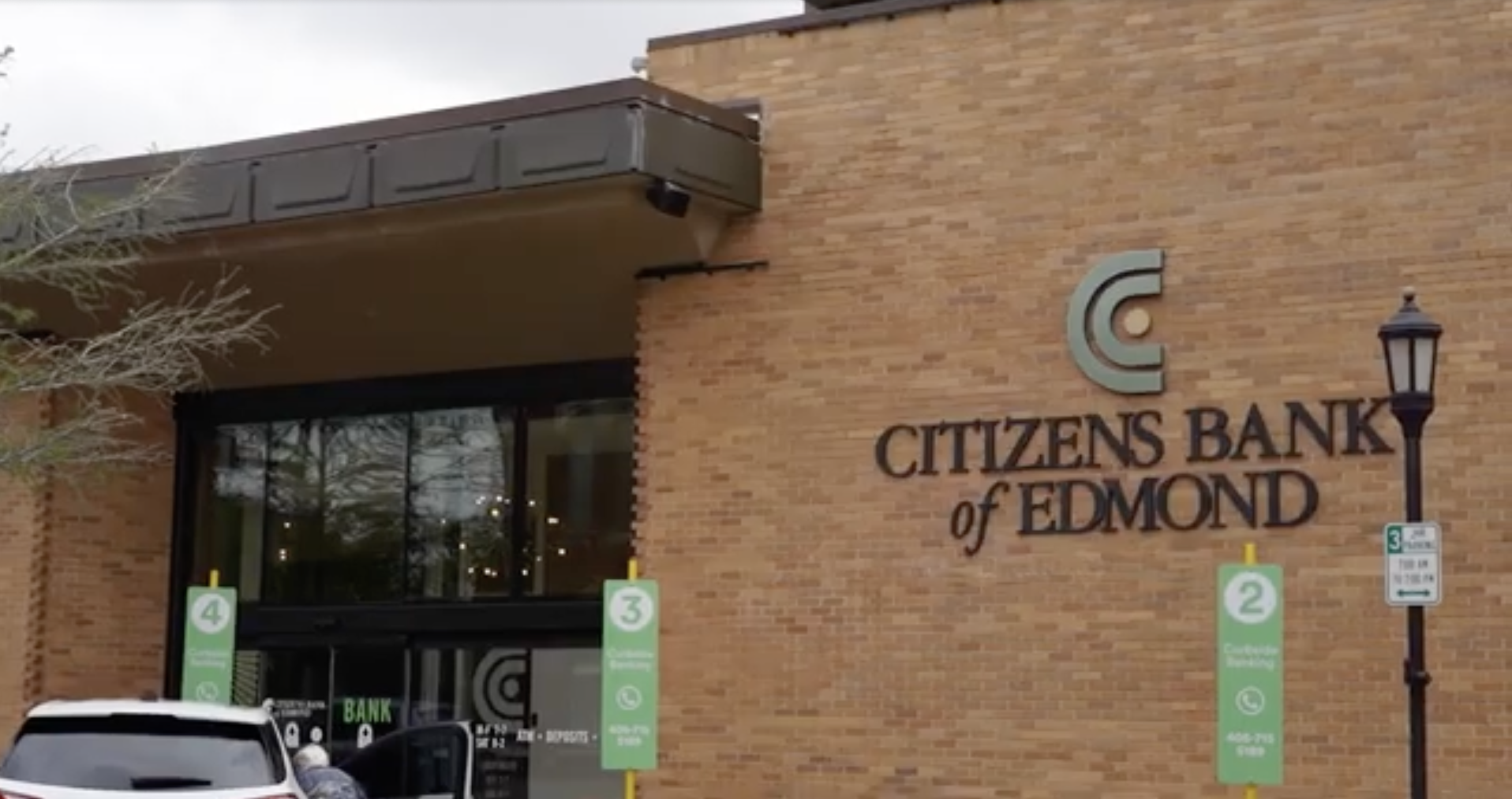

March 10th marked the one-year anniversary of the collapse of Silicon Valley Bank (SVB). While the event isn’t necessarily something to celebrate, it is a great time to reflect on what the industry has learned and how things have change.
Looking back on the aftermath of SVB’s liquidity crisis, we have seen shifts in behavior and strategy that are starting to reshape the landscape for both banks and fintechs. I had the privilege to speak with Law Helie, General Manager of Consumer Banking at nCino, to gain insights into these changes and how institutions are adapting to meet evolving consumer expectations and regulatory demands.
Finovate: We’re approaching the one-year anniversary of SVB’s liquidity crisis. In the past 12 months, how has the industry responded? Have you seen any changes in behavior from banks or fintechs?
Law Helie: Regardless of size, a consistent banking trend is the re-emphasis on building up deposits. After the liquidity crisis last year, banks became more risk-averse and leaned on their deposits as a shield against volatility.
Another trend is the shift to relationship banking via technology. Banks are leveraging cloud-based tools to unlock more data within their organization to better inform and tailor their services to customers for core offerings, including loans, CDs, high-yield savings and more. We expect intense competition around these services as banks prioritize opening multiple service streams with customers to deepen the relationship and hold onto deposits.
Finovate: How will banks approach their spend on fintech following the SVB crisis?
Helie: Expect banks’ spending on fintech tools to grow exponentially. This isn’t a new phenomenon, but the pace of acceleration since SVB is significant as banks seek ways to better compete in a crowded market.
Banks are deploying technology to help understand their cost of funds base, attract deposits, drive internal efficiencies and, most importantly, to help create a sense of stability. As we await more certainty from the Fed around economic forecasting, we expect to see an increase in tech spending, especially at a time when banks’ appetite for increasing efficiency continues to grow at a rapid pace.
Finovate: How about end consumers—both retail and commercial bank customers—have they changed their attitudes and behavior?
Helie: Post-SVB, end consumers in all lines of business are more aware and educated on deposit limit risks that come with over-exposure. Our FIs have told us that their customers are searching for ways to have more security, including wanting to know how they can limit their risk of exposure and how to structure their accounts for FDIC limits. In addition, some of our customers have incorporated the use of CDARS, a Certificate of Deposit Account Registry Service, that can help customers disperse funds into multiple accounts.
The overall attitude and behavior of end consumers is now that they need to pay attention to FDIC limits, disburse their deposits, and have an increased focus on their wealth management. This shift underscores a proactive approach among consumers toward safeguarding their financial assets.
Finovate: Given these behavioral and attitude shifts, how can banks and fintechs adapt to these changes?
Helie: Most banks have siloed systems, meaning there is no singular source of truth for their data. Yet customers don’t think this way – they look at their needs holistically. Serving these customers requires a client-centric model that is efficient and driven toward self-service.
And the more products a customer has with a bank, the stickier they are. In order to retain existing and new depository relationships, banks can best position themselves by providing a wide suite of banking offerings and services, in particular digital offerings.
Banks also have an opportunity to leverage fintechs to gather a 360-degree view of the customer, allowing them to understand what is going on across all accounts. With that information, banks can leverage relationship banking techniques to provide customers with the tailored products and services that they want and need.
Finovate: What impact has SVB’s liquidity crisis had on regulations so far and how are banks and fintechs responding?
Helie: Regulations have been put in place to try and mitigate the risk of another SVB collapse. Despite NYCB’s recent issues, we are not seeing the same level of concern spread to other financial institutions as it seems the public has a better understanding of the underlying reason for the issues NYCB is currently having.
Financial institutions are actively pursuing ways to strengthen their deposits bases by reviewing FDIC limits. Notably, some FIs have taken measures to impose restrictions on the maximum amount of cash that can be held in an account, aligning with the FDIC limit. Fintechs are helping FIs by not only providing the framework for streamlined experiences that help meet customer needs, but also allowing them to responsively acquire new funds for those customers looking to diversify their deposit base.
Finovate: Looking ahead, what advice do you have for banks and fintechs navigating the ever-competitive game of increasing deposits?
Helie: The market expects the Fed to reduce interest rates one-to-three times this year. Americans are waiting on the sidelines for better rates so that they can shop for refinancing or fresh loan opportunities.
Banks that are well-prepared have a tremendous opportunity to help people get a better handle on their finances and position themselves as a partner for life. Those that struggle to quickly evaluate inquiries or match competing offers could frustrate customers that want to take advantage of the improving environment.
Cloud-based tools that utilize data and AI to help banks evaluate a fresh loan or refinancing request quickly are at a tremendous advantage. Institutions that maintain the sleepier pace of the past year will be rapidly outpaced by their peers and they will have few opportunities to make up the gap.












